Released at the end of a year overshadowed by a pandemic, Fincher’s movie Mank reveals itself like the glowing star atop the Christmas tree, and we look here at the significant symbols and symbolism Mank the movie carries.
2021 Oscar Awards update. Mank WON the Oscars for Production Design (Donald Graham Burt – Production Design, Jan Pascale – Set Decorations, Cinematography (Erik Messerschmidt).
Before we dive in, I must thank my new blogosphere friend Jo, the brains and heart behind FilmSerial, a top Romanian blog where she does stellar translations. It was Jo who first introduced me to Mank, and it was Jo who first published my raw thoughts on this movie.
Symbolism means an artistic or a lyrical expression obtained by using an image to reveal an idea or an emotion, to unmask a hidden concept or a state of mind.
In a movie, many things can be symbolic such as color, an object, the setting, the use of light in a scene, camera angle, the transition from one scene to the next, even a feeling.
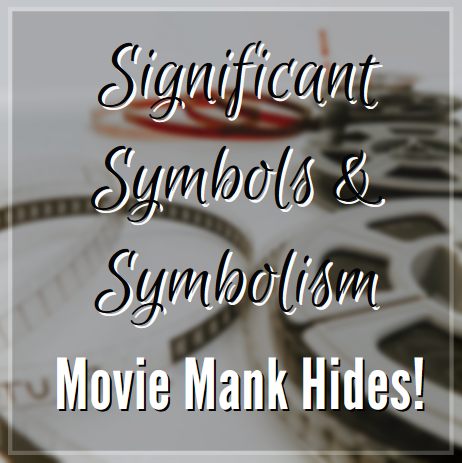
What is exciting about symbolism in a movie, a book, or a work of art is that it can carry different meanings to different viewers, based on their perception and life experiences, and even based on the state of mind while watching the film or reading the novel.
Let’s look at three symbols that appear in David Fincher’s movie Mank.
Attention, this blog post contains spoilers.
The Symbolism behind Marion and Mank atop the Scaffolding
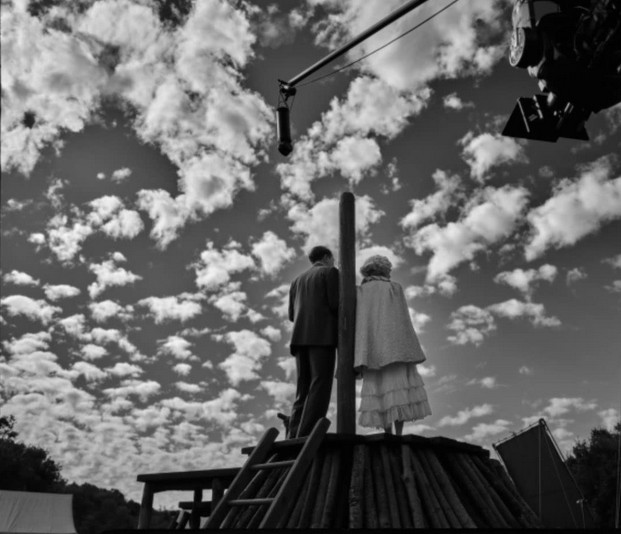
Mank’s (Herman J. Mankiewicz) first meeting with actress Marion Davies takes place in 1929 (as we learn from one of his flash-backs), while Marion is filming a glamorous Old West movie on the grounds of Hearst’s massive estate, San Simeon.
Marion is about to be burned at the stake atop a pyramidal scaffolding and, during a shooting break, she asks Mank for a “ciggie”. Mank recognizes her as well as her wit and, although he wrestles a drunkard migraine, climbs the stairs to offer the diva a cigarette, like the gentleman he is.
“Watch those stairs. They’re treacherous,” Marion calls out.
Mank by David Fincher, after a screenplay by Jack Fincher
“Every moment of my life is treacherous,” Mank replies in jest.
The two enjoy a vivid conversation atop the scaffolding. We see them profiled against a brilliant sky, lined with fluffy Hollywood-style clouds (with their own symbol).
This scene takes place eleven years before the major events of the movie (Mank’s six weeks job of writing a script for Orson Welles), and both Mank and Marion are on top of the world (see the sky profiled in the background ad the height they are placed on); both are still filled with ideals, and both are still in the process of throwing themselves into their dreams – represented by the brilliant clouds overhead.
We see them standing above the Hollywood crowd, above L. B. Mayer and William Randolph Hearst, who will later reduce both Mank and Marin to pawns.
But we also see Mank and Marion on a scaffolding, like lambs about to be sacrificed if they don’t give up their dreams (Mank doesn’t, Marion does) – for this is Hollywood, and here everything is worth sacrificing for the sake of ‘the magic of the movies.’
The low angle camera shot used during this scene highlights Mank and Marion’s moral superiority during this time in the story.
I thought that this particular shot is a nod towards ‘Gone with the Wind’. It makes a reference to a scene between Scarlett and her father, Gerald O’Hara. His words were:
‘Do you mean to tell me, Katie Scarlett O’Hara, that Tara, that land, doesn’t mean anything to you? Why, land is the only thing in the world worth workin’ for, worth fightin’ for, worth dyin’ for, because it’s the only thing that lasts.’
Gone with the Wind by by Victor Fleming, produced by David O. Selznick, based on a book by Margaret Mitchell
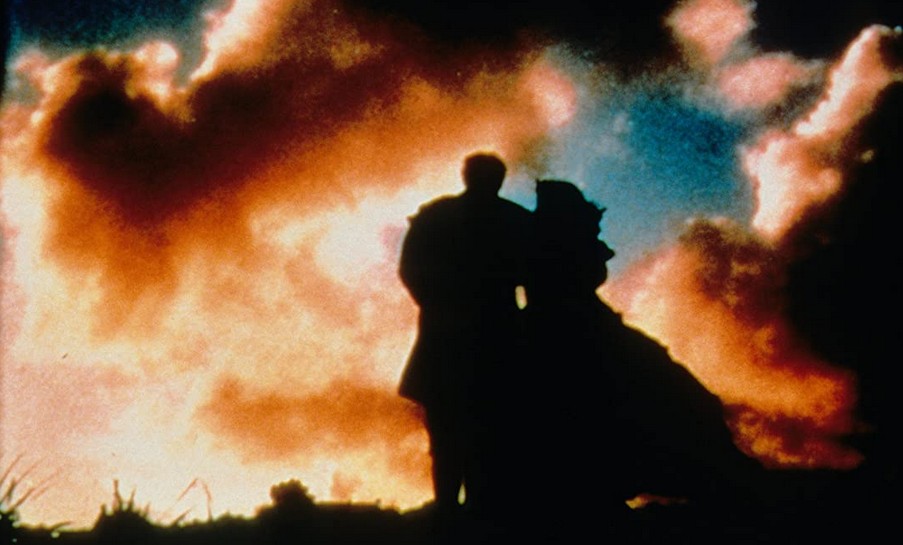
In the movie Mank, the only thing that matters (for Mank and Marion) is the quality of the work they produce.
Symbolism behind Mank and Marion’s Moonlight Stroll about the Zoo Garden Owned by Hearst

Leading to this scene:
It is 1933. During one of Mank’s flashbacks, we join a glamorous birthday party at San Simeon where the Julia Morgan–designed castle and Hearst’s inheritance are located. Champagne flows, all are gay, and a live piano punctuates a careless conversation.
When the discussion turns to Hitler’s speech followed by kissing babies, as witnessed by Marion Davies during the newsreel of a movie she watched recently, only Mank and Marion point out the potential danger of the growing Nazi regime, while L.B. Mayer (MGM’s co-founder and Birthday Boy at Heart’s party) and Irvin Thalberg (Mayer’s right hand and head of production) reveal their ignorance of the Nazi leader. Then the conversation turns to current affairs and the political climb of socialist Upton Sinclair, Marion makes a faux pas and leaves the party room.
Next, we witness a nod from Sara Mankiewicz towards her husband, showing us how well she knows him. Thus Mank, always the emotional caregiver, always the indulgent father, follows Marion into the garden to comfort her.
Mank and Marion enjoy a Moonlight Stroll through Hearst’s Zoo Garden:
We find Mank and Marion outdoors, away from the glitz and glam of the party, and we witness a true camaraderie blossoming between two fellow New Yorkers, both outcasts in their own way here, in Hollywood (Davies the child of a working-class family from Brooklyn, Mankiewicz the child of German-Jewish immigrants). Mank seems to be the only man (in a world dominated by boys) to notice and appreciate Davies’ intellect. While Marion Davies looks up at Mank, asking him for advice to further her career as an actress, and not only as a prized mistress of a newspaper magnate (Hearst.)
And now we discover the symbolism behind Mank and Marion’s garden walk.
It is past dusk, the sky is laden with plumb and here and there, between the trees, we spot Hearst’s castle-like mansion. The gardens Mank and Marion stroll through have pathways bordered with neatly trimmed hedges in heavy shades of iron and charcoal, while Marion’s dress gleams in the moonlight like a gray pearl.
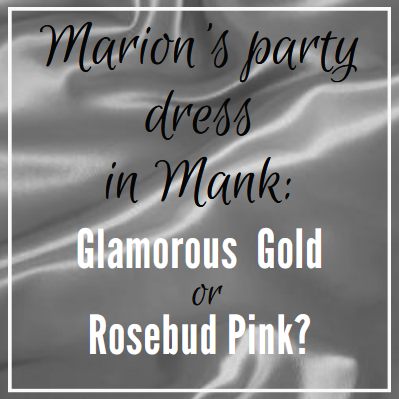
What is the symbol behind Marion’s gleaming party dress?
We don’t know what color her dress is. It could be gold, after all, she is a top-ranked Hollywood movie star, but it could just as well be satin pink, to match her rosy cheeks, as Mank states, or perhaps to match Hearst’s private nickname for her, Rosebud.

Further they stroll, past monkeys in a cage, just as Marion laments that ‘people think because you’re on the cover of “Modern Screen,” they know you.’ The monkeys flare up and Marion turns towards them and shouts out her anger, ‘Nobody, but nobody makes a monkey out of William Randolph Hearst!’ – then laughs.
The monkeys jump on the cage’s walls, yet they can’t reach Marion – much like a symbol for a flash of paparazzi.
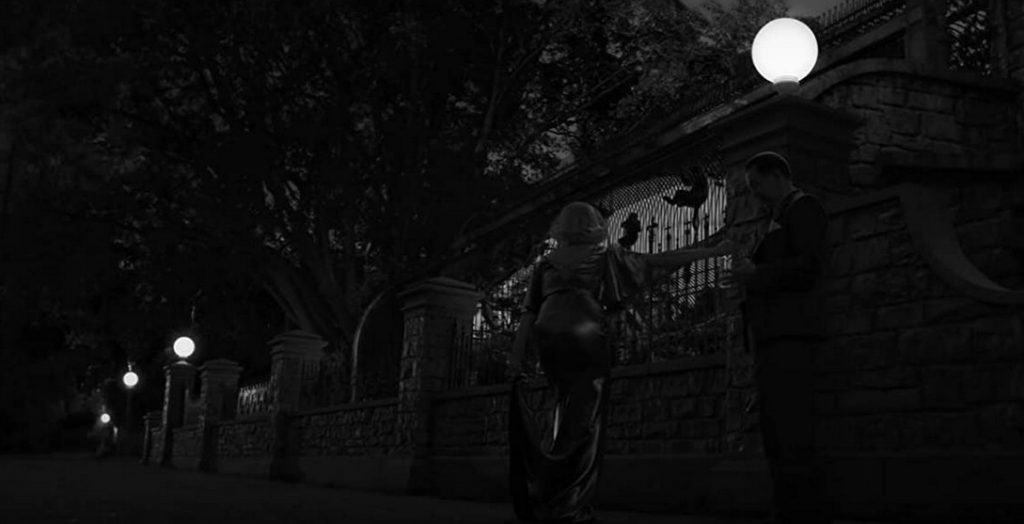
And on Mank and Marion’s stroll, under the moonlight, until they reach the maze made of shrubs, punctuated by garden statues and topiary. We get a sense of opulence even here, away from Hearst’s mansion. The maze is a symbol for crafting one’s future, a task that is never a straight walk. The menagerie of wild animals is a symbol for whimsy, for the make-believe that movie-business is.
The scene is lit by ball-shaped garden lights on stands. They glow in the night like one hundred moons, all casting their light on Hearst’s collection of wild animals. Are Mank and Marion part of this collection? We now spot elephants in the far background.
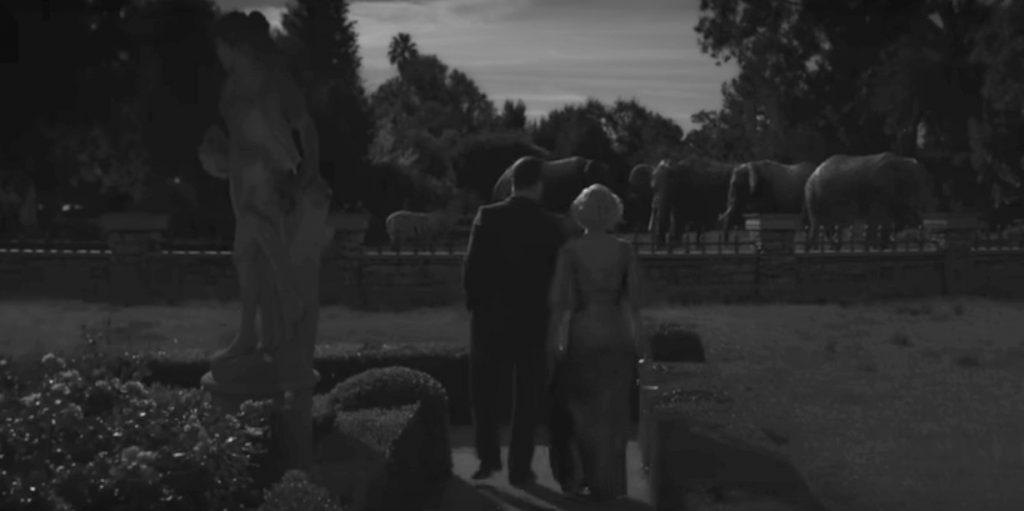
There is a visual game of sharp shadows here, with Marion’s platinum blond curls glowing as if under their own spotlight, even in the darkness of the night, as though she has a designated spotlight forever shining brightly down on her. It is the spotlight Hearst keeps her under by the use of his newspapers, building her fame, for which he spends millions of dollars.
But Marion’s glowing curls seem to be lighting up the garden as much as the ball-shaped garden lights, presenting her like another one of Hearst’s prized possessions. This media-magnate who controls the news and owns a zoo, with caged monkeys, herds of silent elephants, and giraffes too, also has his very own movie Star, always kept under a spotlight, lit from above.
Among all this madness Mank and Marion share a heart-to-heart conversation by the water fountain. He is in the shadows, she is under the spotlight; a man of many dark shades (a big mouth and addictions) and a glowing Diva.
Mank and Marion’s night garden stroll is their last innocent game before all hell brakes loose; MGM gets involved in politics, Marion Davies leaves MGM for Warner Brothers, Mank writes his script based on Hearst (pulling Marion in it).
Mank and Marion’s night garden stroll is a playful exchange of wits. On one side, we have a gifted actress who is clever enough to understand and accept the compromises she has to make in exchange for ‘making an exit’. On the other side, we have an alcoholic writer who chooses the exact opposite course of action, that of being a participant observer who eventually learns that words throw long shadows even after their entertaining value has evaporated.
Their garden moonlight stroll reveals a game of light and shadow, of night and day, of right and wrong, co-existing, much like life at Hollywood must be, for actors and writers.
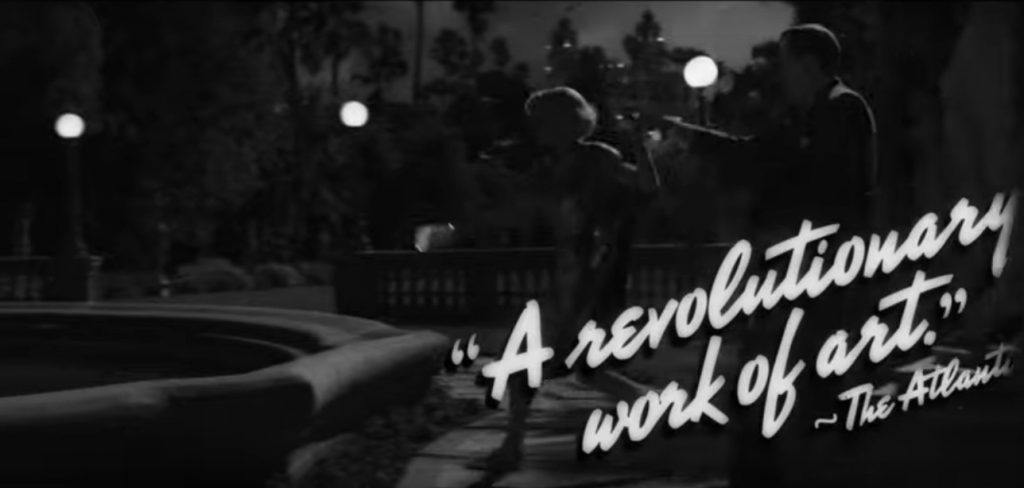
Mank’s Shades of Black and White
The idea of a black and white film might put off some movie-viewers, yet once watched, the monochrome Mank movie makes sense through its multiple gray-shaded pigments.
It was in keeping with Jack Fincher’s wish, his father and the writer of the original Mank script back in the ‘80s that David Fincher held the production until a production company (Netflix International Pictures) finally accepted to shoot Mank in black and white.
By shooting Mank in black and white, David Fincher forces the viewer to focus on the story and its characters, eliminating the distraction added by splashes of color. The black and white film draws the eye into following the actors, it emphasizes their performance. It is the perfect recipe for a movie that deals with actors portraying other actors.
By shooting Mank in black and white Fincher zoomed in, and brought the story-line and the ‘40s Hollywood drama into focus. His zooming creates an instant nostalgia, but not over a by-gone era, yet over a loss of moral values. It symbolizes Mank’s nostalgia over the debut of his career at Hollywood when all the doors were open, and were gilded, and he seamed to have reached the stars. It is Marion’s nostalgia too, over a time when her career was still on the rise and Hollywood was just that, a movie-making industry, not a business.
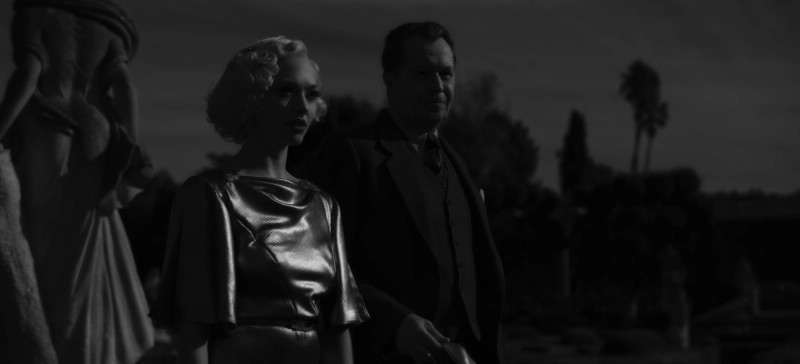
Yet Mank is not monochrome per se. It has plenty of silver in it and this gives the film an aura of eerie wistfulness as if Fincher does more than re-creating the past, he communicates with it, just as Mank does with his flash-backs (communicating in a way with his past self). The use of black and white makes the story-line feel more intense, it has immediacy, we sense Mank approaching his six weeks deadline; we taste his impending need for alcohol; we witness his climbing of the Hollywood ladder and his rapid falling out with Hearst.
Because the movie is in black and white, the audience can relate to Mank’s point of view. Hollywood is not all that glamorous as Mank thought it to be when he first arrived, moving from the east coast and trading his career as a playwright and drama critic for that of a Hollywood screenwriter.
Life in Hollywood is filled with threat, layered corruption, even an underworld of crime that creates weaponized movies, and no-one can escape its suppression. Mank believes he can, by going after Hearst the magnate, by exposing him, escaping his toxic friendship. Mank hopes he can free the monkey in the parable of the “organ grinder’s monkey” (see below for the symbology behind the “organ grinder’s monkey”).
Yet Mank, after the release of the American (Citizen Kane) is never to write another script again. He never works again, he never writes an original screenplay again. And he will never fight for credit again.
Shooting in black and white also afforded Fincher his darkness and shadow signature. At times, Mank the movie looks like a glossy ‘40s magazine, especially when it affords Marion Davies to glow in the scene. And this, the old-world glamour, is something Fincher is familiar with since the times he filmed Madonna’s ‘’Vogue,’ and it is how he shakes off any old-fashioned connotations that might come with making a black-and-white movie in the 21st century.
By shooting in black-and-white, Fincher created a delicate, old-world look that is fit for a contemporary of Citizen Kane rather than a film merely about Kane’s creator (Mank). And Fincher, or rather Ren Klyce, the sound designer, gave it a sound fit for Hollywood’s golden age, warm, albeit crackly, popping, that evokes a sense of remembrance, of daydreaming rather than reality.
Black and white (with the many gray shades in between, with the glistening silver, the pearls, the glowing beige) symbolizes the glamour of classical cinematography. Even the music for the movie has been recorded with older microphones.
The symbolism behind Fincher’s use of black and white to shoot Mank resides in the kaleidoscope of shades of greys found between dark and light, evil and righteousness, corruption and idealism. The two timelines that spiral around one another in Mank, each with their own threads of plots, form a symbolic kaleidoscope-like image in shades of grey, as there is no right or wrong in Hollywood, there is no good choice or bad choice, anything goes as long as it’s for the sake of the movie.
Fincher and Erik Messerschmidt (Mank’s director of photography) used a RED specially-made black-and-white camera, the RED Monstro Monochrome (Monstrochrome).
‘The Monstrochrome captures black and white imagery with more precise resolution and enhanced light sensitivity. Capturing monochrome natively is better than shooting in color and then eliminating the saturation in post. What you will get is a real, pure, stunning, accurate black, and white artistic image.’
Y.M.Cinema Magazine
Fincher tells Mark Harris for Vulture that they shot the movie in super-high resolution, then they softened it ‘to an absurd extent to try to match the look of the era’, and added ‘little scratches and digs and cigarette burns.’
Symbolism Behind the Parable of the Organ Grinder Monkey

The parable of the organ grinder monkey is mentioned only twice in Mank, yet it is what fuels Mank in going after Hearts, it is the motor that pushed the action forward.
Mank is the first to mention the parable of the organ grinder monkey to John Houseman.
John Houseman: Why Hearst? Outside his own blonde Betty Boop, you were always his favorite dinner partner.
Mank the Movie
Herman Mankiewicz: Are you familiar with the parable of the organ grinder’s monkey?
What is the parable of the organ grinder’s monkey?
Tagging someone as an “organ grinder’s monkey” means that they do anything a powerful person wants them to do, without having any real power. They make money for their boss without whose presence they are nothing – yet they don’t know it.
Mank first heard about the parable of the organ grinder’s monkey from ‘Willie’ Hearts, during what was to be their last encounter, albeit a drunken one for Mank.
At this moment in time Hearts sees Mank as his grinder monkey, whom he thought to be a “Shakespeare of talking pictures.” Yet Hearts knows that Mank would not have been afforded the audience and the connections he made has it not been for Hearst and his glamorous parties.
And Mank understands the parable of the grinder monkey and his associate with the ape, but it is now, after Sinclair lost the campaign due to Meyer and Thalberg’s smear campaigns; after his friend and co-worker Shelly Metcalf commits suicide, that he just discovers that his words are important. That he can be a monkey without an organ-grinder.
But can he?
It is the same parable, placing Mank as the grinder monkey, that Mank refers to at the beginning of the story, when he chats to Houseman.
Yet Mank sees himself as a monkey who can prove his organ grinder wrong. A monkey who will free himself and will still be able to sing, dance, and receives everyone’s attention.
On his own.
This is why Mank went after Hearst. This is why he fought his demons and finished the screenplay.
Yet no one can destroy the parable of the organ grinder’s monkey, for without his organ-grinder, the monkey is just a primate. While without his monkey, the organ grinder, by definition, can always find himself another monkey.
Perhaps this is what David Fincher and his father Jack Fincher, who wrote the screenplay, tried to prove in the first place, by focusing on Mank’s character. That the monkey can live outside the parable of the organ grinder’s monkey. As Fincher told Mark Harris for Vulture, in an interview, ‘My dad, […] was a journalist, lived by the axiom that the greatest entertainment was written by people who understood the real world.’.
Have they succeeded in giving the monkey a new life in the spotlight? Had they aimed as high as Mank did when writing his screenplay? Or have they shows that the parable is true and that the monkey’s chance of survival without his organ grinder is just in the monkey’s perception?
Either way, I think that the parable of the organ grinder’s monkey will prove to be that gold thread that will render the movie Mank timeless.
Mank by David Fincher is a kaleidoscope in black and white, portraying the golden era of Hollywood in a modern way, with its good and bad, with its stars adorned atop a scaffolding and its moonlit secrets, and with its monkey and organ grinder too. Perhaps Fincher placed less symbols in his movie than I enjoyed picking, but this is the magic of ‘the magic of the movies,’ isn’t it?
Copyright © Patricia Furstenberg. All Rights Reserved.

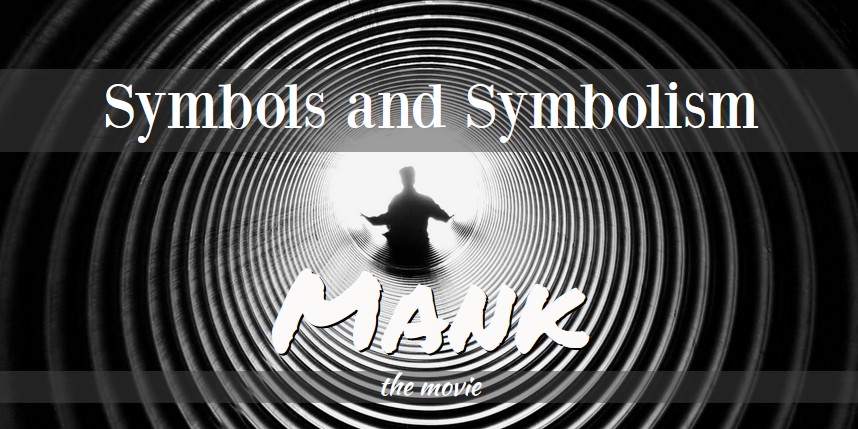
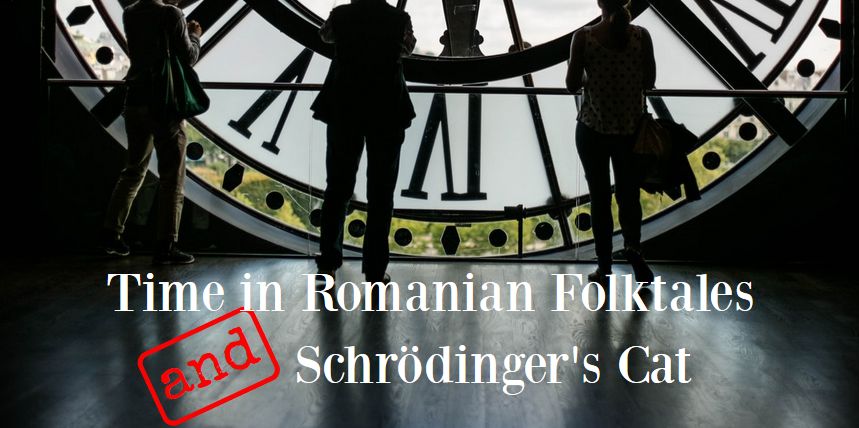
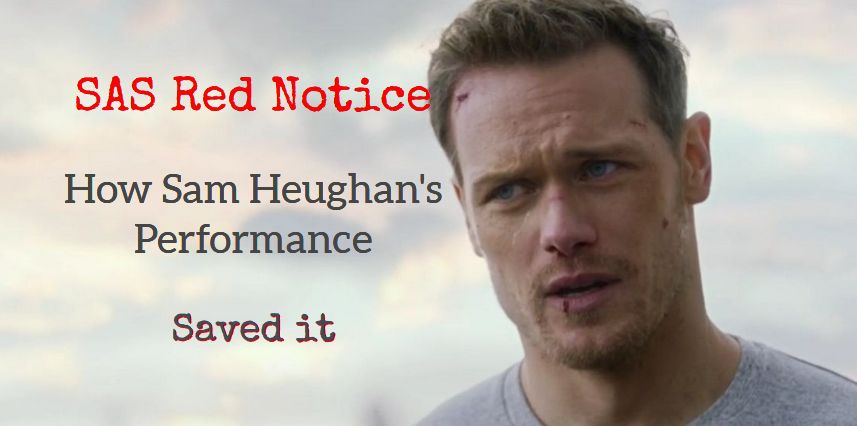

That was an interesting read, Patricia. Let me congratulate you. I both read and saw Gone With the Wind, so I knew about the conversation between Scarlett and her father, but the parallel between the two pictures – Marion & Mank against the sky and Scarlett & Mr. O’Hara against the sky – is so poignant. You have a keen sense of observation. Your article is well rounded. One notices immediately the talented writer and the well-read person behind it. I wasn’t familiar with the parable of the organ grinder’s monkey, but the way you explain it in reference to Mank makes so much sense. Bravo! Last but not least, I must thank you for mentioning me at the beginning of your article. I have no merit other than recognizing a good piece of writing when I see it. That’s why I thought your ideas about Mank deserved a post of their own. Maybe that post should have been on your blog… but hey, we can’t turn back time. 🙂 So thank you for allowing me to keep it.
Ah, thank you so much, Jo. 🙂
I guess spotting symbols in a work of art, compared to what the artists had in his mind when creating it, is like two people watching the same sunset and picking up different hues 🙂
I would like to hear Fincher’s thoughts, though 😉
I was not aware either of the parable of the organ grinder’s monkey until I watched Mank. And it irked me as the first time he (Mank) mentioned this idea I missed half of his line and it didn’t make sense what he said. Anyway, I quite like it and I am sure that Fincher (father) thought about threading this one allegory in his screenplay. Is like that gold thread that makes it shine and makes it timeless. (I’m gonna add this line 🙂 )
Gone With the Wind must be one of my top 5 favorite movies of all time, and the book too 🙂 Maybe because we had to WAIT for it to show at the cinemas to be able to watch it again… and again a few years later, hoping. I remember once re-watching it at Cinema Luceafarul in the city center. I had a ticket at the balcony and somehow I ended in the very front row. I was so happy that no one will block my view! 🙂
It was a great pleasure mentioning your support, Jo. It was your enthusiasm that, I believe, sparked a friendship here. I hope. 🙂
The spontaneous gestures are the sincere ones.:)
I am so looking forward to your next article translation. xx
Sometimes I think that I’m so obsessed with movies because they were denied to me in childhood. 🙂 As for my enthusiasm… I’m telling you with all my heart, reading your comment I genuinely felt that it was too good to be only a footnote to an article written by someone else. So I posted it so everyone could read it. 🙂 And it was well received.
I think movies are a great way to escape the rat race and to move away from the meteoric rain that pours from the technology we’re attached to.
It’s forces one to focus on one thing only.
Whenever exams are over, the four of us try to find a movie (or a series, like ‘The Queen’s Gambit’ you wrote about) to enjoy together. We comment and have a good laugh. Sure, some eyes are rolled because mommy spoke over a line. Ha ha! But we look forward to that time spent at home. And to popcorn. 🙂
When I was a teen I would sit up late with my mom and we would watch ‘The X Files’ on Bulgarian. Every Saturday around midnight, streaming from the Bulgarian TV station that reached Bucharest. Oh, I do remember the people from Arad being so lucky, as Hungarians showed more movies 🙂 Ha ha 🙂
So following your blog is, for me, an enjoyable way to keep up to date with the latest releases and best to watch. 😉
OMG! Studio H! Yes! I used to watch it with my parents, but I had to translate for them and thus miss some lines. I could have used a special room with headphones and all to muffle the sound of my voice. Oh, fun times! 😀
Tu si Irina Margareta Nistor!! 🙂 Ce femeie talentata. Inca ii mai aud vocea!
Aaaa, nu. Una e sa traduci simultan pentru parinti, alta e sa traduci pentru o tara intreaga. N-as fi putut. Sunt prea timida.